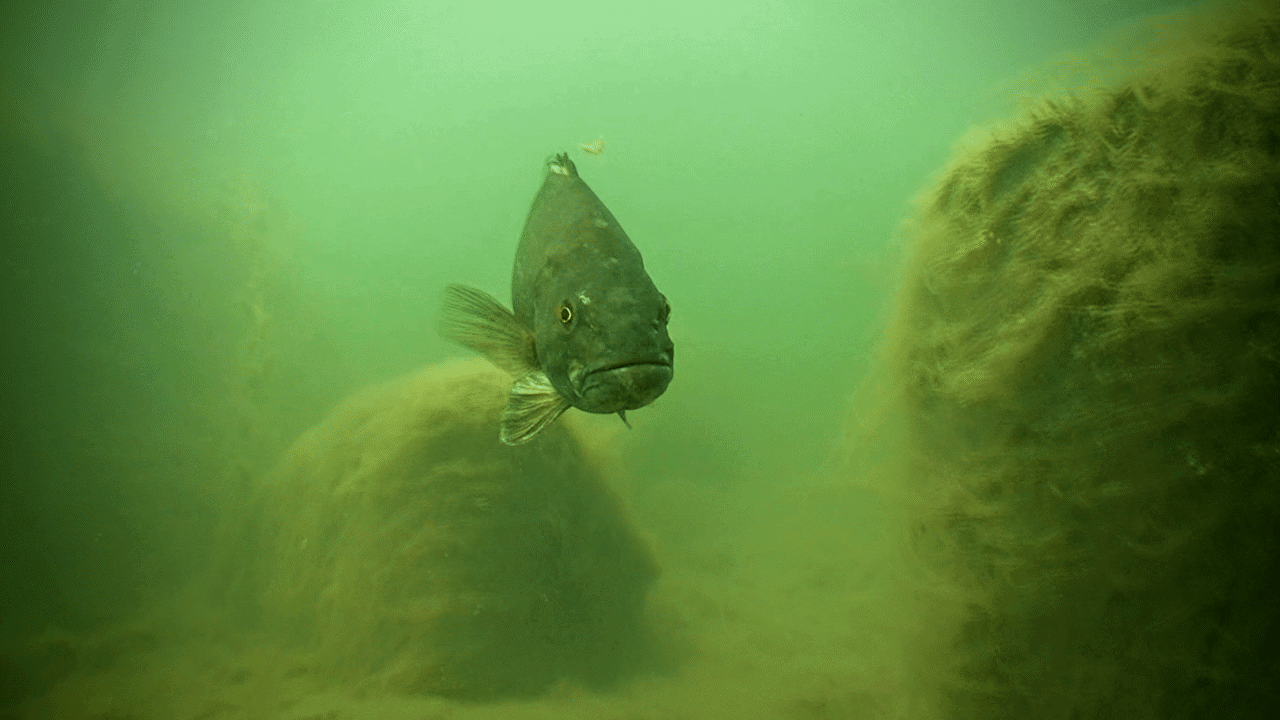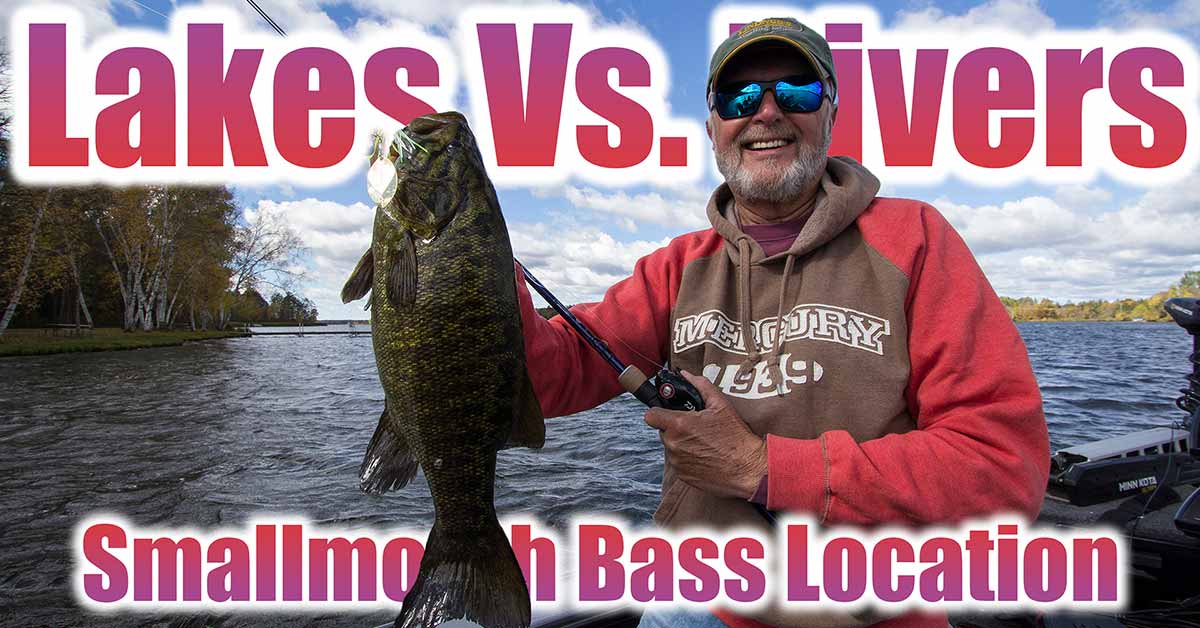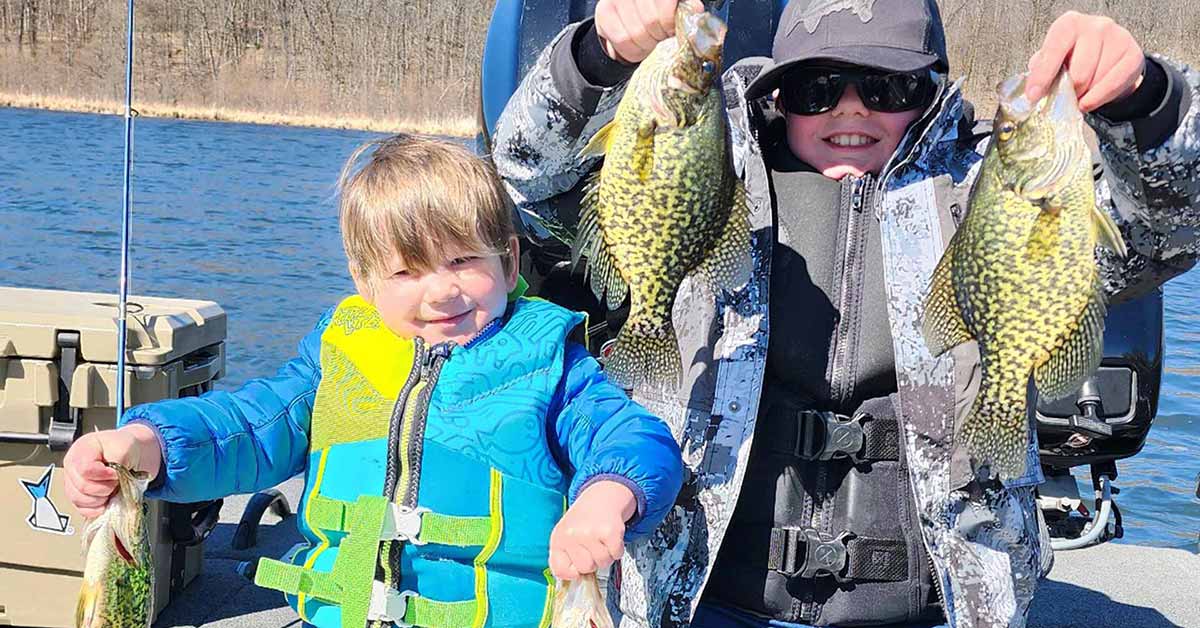Smallmouth bass location will differ dramatically in lakes compared to river systems and understanding the differences will help you catch more bass!
Smallmouth Bass Location – Lakes vs Rivers
Smallmouth bass are one of the most adaptable species of fish in freshwater. They will eat just about anything and can live just about anywhere! For our discussion today, we’re going to break down cover options for smallmouth in two ways:
1. Natural Lakes
2. Rivers and Reservoirs

Natural Lakes
On natural lakes, hard bottom areas with large rocky boulder cover are key spots all year long. For the most part, the bigger the boulders, the better.
Some of these lakes have massive weedbeds and smallies occasionally like getting up in them. Some key elements to look for are hard bottom areas adjacent to or inside of the weeds. Clumps of boulders inside giant weedbeds are high percentage spots that will produce year after year.
Another thing to note: You can catch a big fish off a spot like this, leave for a few hours, come back, and another big fish will be sitting on it. Spots that have a desirable combination of cover will reload throughout the day if you give it some time. Keep that in mind!
Each lake is individual and has different weed types and densities, not to mention the growth can differ from year to year. Smallies can live in just about any kind of soft cover: reeds, cabbage, coontail, etc.
One thing to keep in mind is on any particular body of water, smallmouth can get into one weed type very heavy, which makes them pattern-able. It’s your job to weed that pattern out and exploit it! Mapping is key when talking about smallmouth bass location. Utilize you Humminbird Lakemaster VX chip to understand what kind of structure and cover the lake offers.

Rivers and Reservoirs
When looking at smallmouth bass location on rivers and reservoirs it can be an interest topic because you have rock, weeds, wood (standing or down), and you also have the “X” factor: current!
Now you might be thinking, “That cover is ALL OVER! How do I fish all of it?” Well, it may be easier than you think. Here is a simple rule of thumb: Sample all of the cover types, and whichever one you catch something on, fish more of that!
Smallmouth are very predictable in these environments. Some days they will all be on wood, and on other days, they will all be in weeds. Another day, they will all be on rocks! You need to be flexible, roll with the punches, and stay tuned in to whatever the cover type the fish are coming off of and a pattern will emerge!









